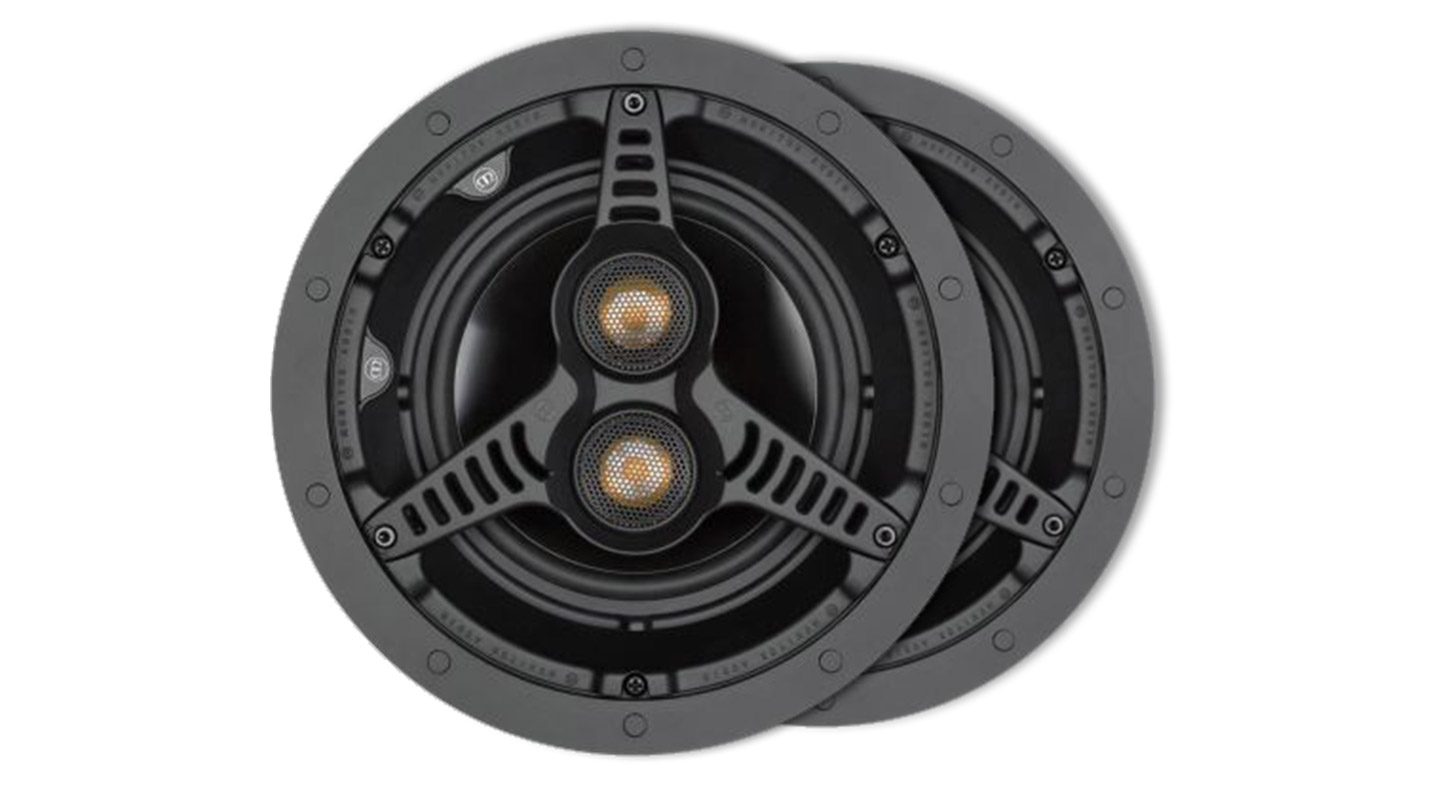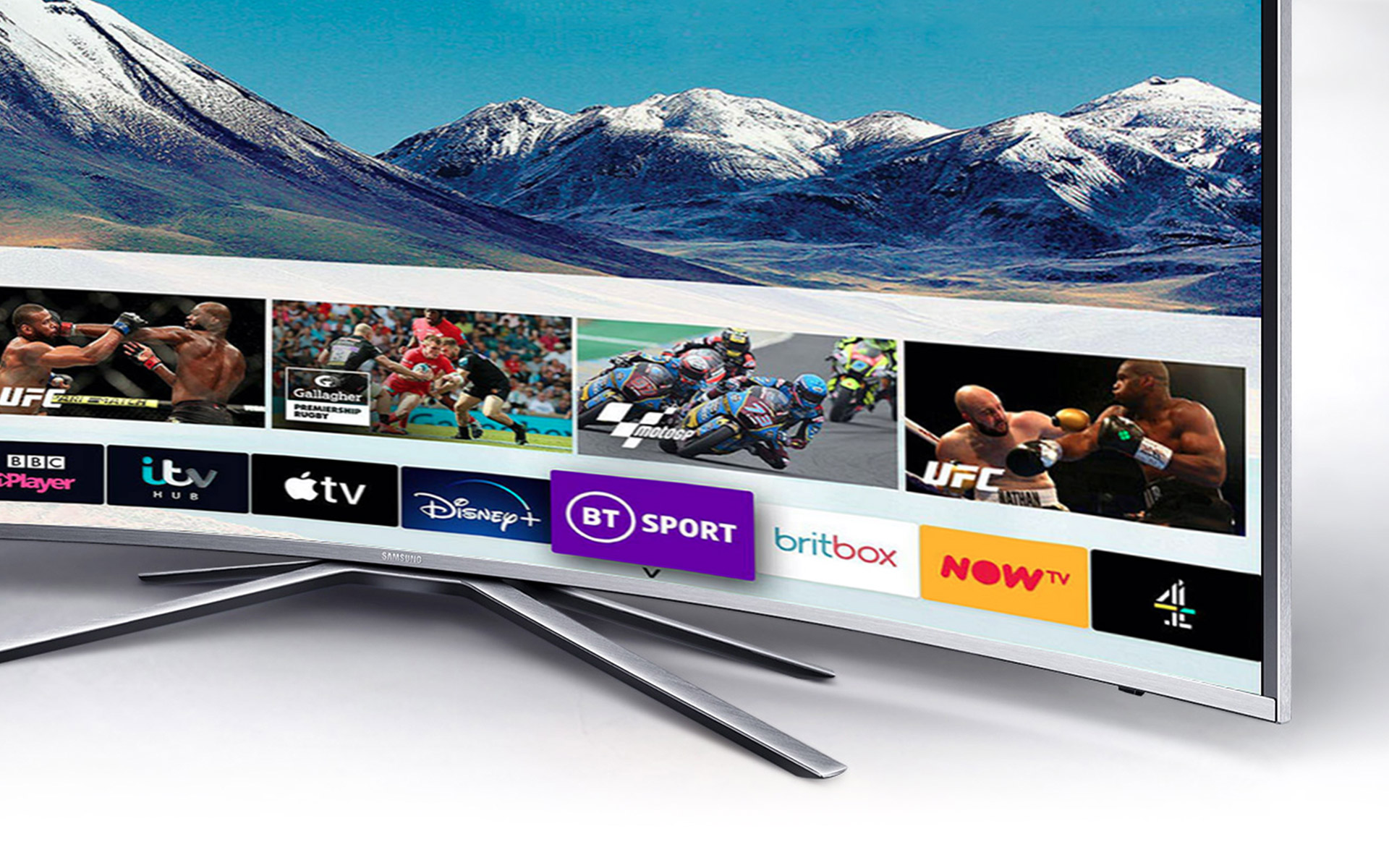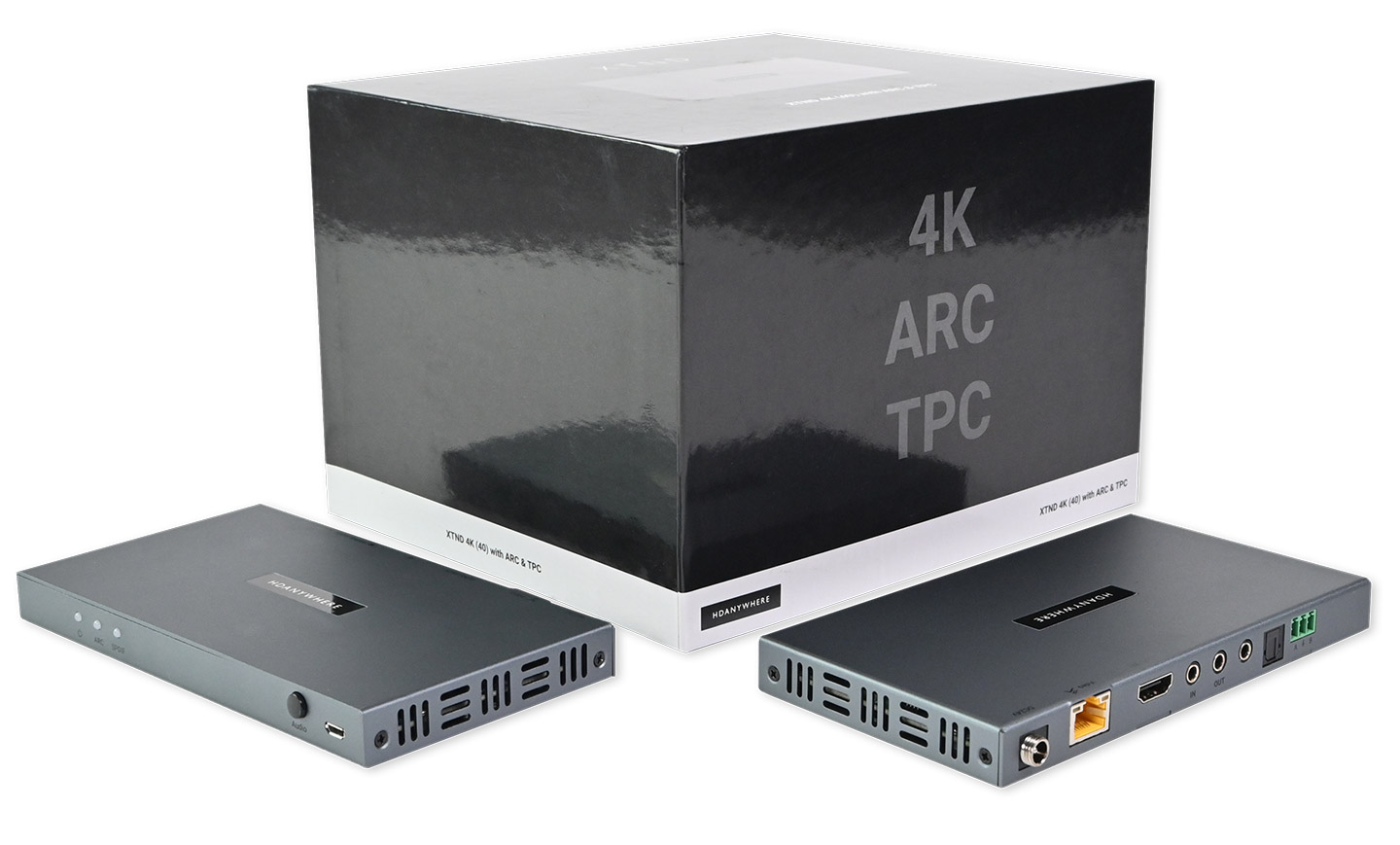With Netflix now surpassing 200m subscribers and Disney at 137m, over the air (OTA) content and streaming platforms are the 'new normal' way of watching our desired media whilst we're on the move with wireless devices, but also on TV screens around our homes.
The ease of accessing a vast choice of content, both archive and new, with no commercial breaks, is a feature of the OTA's user experience that the market has deemed more desirable over pristine picture and audio quality. A slightly sub-optimal performance is 'good enough' for the average consumer but generally not for those discerning customers who pay a professional installer to consult and build their AV projects. In these cases, the customer wants all the advantages that OTA content offers with none of its shortfalls.
Whilst more efficient video codecs and fibre rollout internet speeds have improved OTA picture quality, the audio element of streamed content still has some flaws. In install scenarios where the OTA content is being delivered direct-to-display, and not via separate input source, this presents several new challenges for installers wanting to improve audio reproduction via a local AVR or fed back to a centralised audio system.


Soundbars, AVRs, matrices & routing ARC.
Manufacturers have resolved to address TV audio transfer (including some multi-channel formats) using a communications channel on HDMI called ARC (Audio Return Channel) to transfer the audio from the TV to a connected audio device via the HDMI cable. This solution restrictively caters for simple scenarios with a local AVR or soundbar and not more complex integrated applications.
To address the problem of utilising ARC within a professionally installed project ARC is supported feature within our range of HDMI over Cat extender products, XTND. ARC can also be extracted or routed from any ARC-enabled display connected to our MHUB PRO 2.0 matrix. HDA is the first HDBaseT matrix in the world to provide end-points for ARC control inside Control4 and Crestron Home, so we know a thing or two about harnessing ARC. HDA products that support ARC eliminate the necessity for additional cabling, baluns or widgets with the ultimate aim of making installers' lives easier.
For all its potential merits, utilising ARC can be quite frustrating for installers. To help out I've written this primer, so you know just enough to avoid the most common pitfalls we've come across helping other Installers at HDANYWHERE in the last 12 months.
Why do so many installers insist on using Optical?
The short answer is that Optical ports have been found on TVs for around 15 years now and it's a known reliable TV audio extraction option. Audio sent over ARC is very different from that extracted via the optical port. ARC transfers whilst remaining an encoded stream in software, whereas optical is decoded to a digital audio signal before hitting the port. Modulating and extending a digital audio signal is a well-established process for an extender or matrix product, whereas transferring undecoded HDMI-ARC data is a newer challenge. And when problems occur, it's often the case that the connectivity product sitting in the middle gets unfairly framed as the cause with little attention paid to whether or not the display (or the device that is processing the audio) is doing something it shouldn't be.
Don't fancy reading our 10 Top Tips? Watch it below.
10 tips when speccing for ARC...
1. Is the TV itself the optimum source?
Often the technology installer will have a significant number of options. Via the TV's onboard app itself could be the most challenging choice to integrate. Others include:
- Via the Sky Q box (connected to a matrix input)
- Via an AppleTV, Fire TV, Roku etc. (connected to a matrix input).
- Via a Blu-ray player with streaming services on board. (connected to a matrix input)
Which source is best could come down to connectivity ease, number of services available or even integration driver ease.
2. ARC is probably an afterthought for a display manufacturer.
Some displays may only do stereo audio over its ARC connection. Test ARC with your brand of choice or confirm with the manufacturer rep about any known issues or limitations beforehand.
3. Do your research.
Search online and read manufacturer forums where people openly talk about any issues they're experiencing. You will immediately get a feel for which brand (or model) handles ARC better than the other.
4. Software has made the landscape fragmented.
Models from the same manufacturer can differ depending on what software they have on board. Make sure that they are up-to-date to minimise this as much as possible.
5. Do not hinge your entire project on ARC reliability.
Unless you have replicated the setup recently before and are confident, do not hinge your entire project success on ARC.
6. Plan for redundancy.
Leave yourself room to wire for optical or install some Cat6 as a backup.
7. CEC.
Remember that ARC works when CEC is enabled. If you have disabled CEC for compatibility reasons, then you need to rethink or wire an alternative.
8. eARC.
ARC and eARC are not the same thing. eARC has the bandwidth to support uncompressed multi-channel audio. Devices that are labelled as supporting ARC will work for ARC but not eARC. Right now, options for extending eARC are minimal. Don't get caught out.
9. Make sure your audio hardware can decode ARC audio.
ARC audio uses compressed audio for multi-channel formats, ensure that your AVR or soundbar can decode ARC audio sent to it.
10. Is it even in the right port?
More common than you think! TVs now come with a mixture of HDMI ports with each one offering different features. Make sure you're connected into the correct port as indicated in your display manual.
Product links:
HDMI extenders with ARC
Video matrix with ARC (MHUB PRO 2.0 and MHUB U)
Support links:
Video distribution and working with audio.

